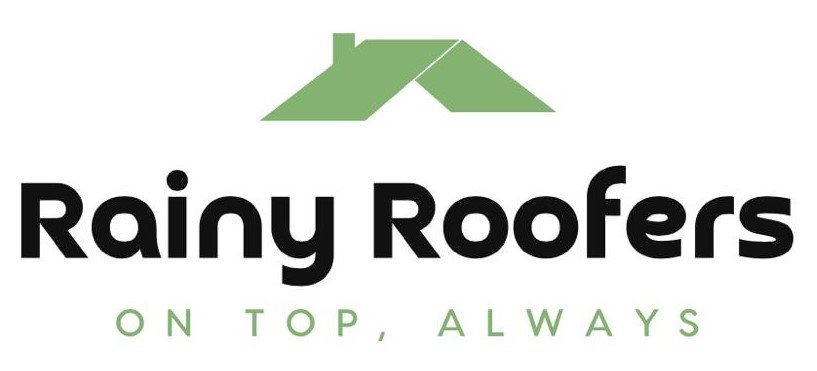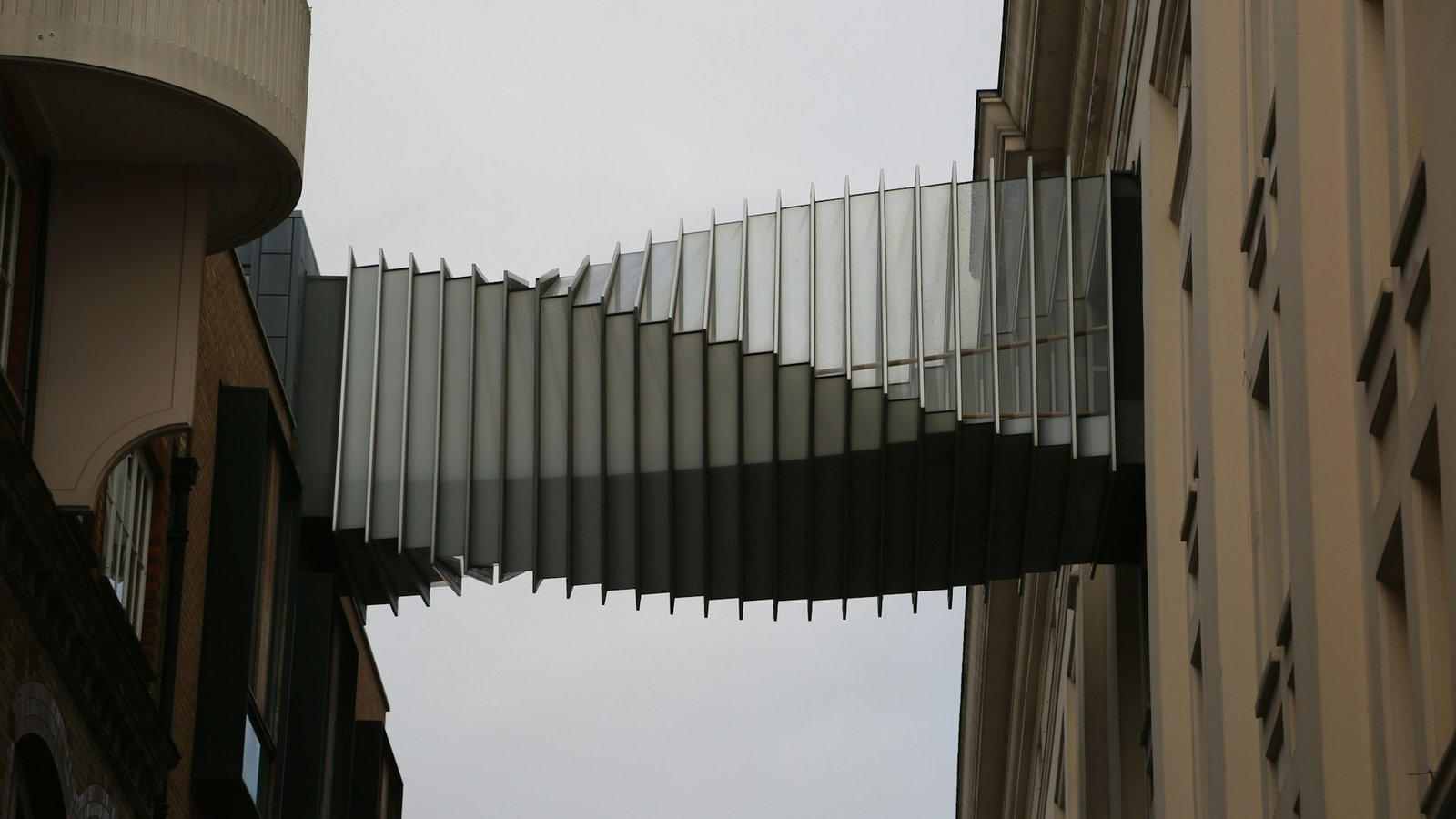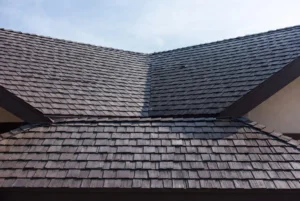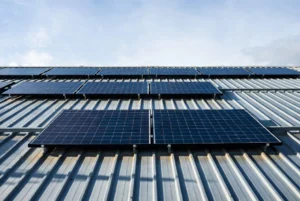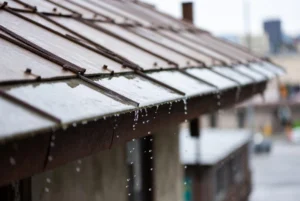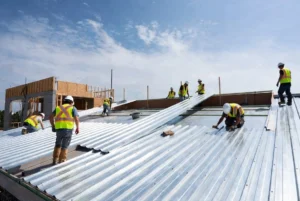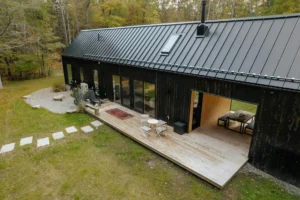I get asked about contemporary metal siding at least three times a week now. Homeowners see these sleek, modern homes on Instagram and Pinterest, then call me asking if they can pull off that same look.
The answer is yes – but you need to understand what you’re actually getting into first.
What Makes Contemporary Metal Siding Different
Here’s the thing about contemporary metal siding – it’s not your grandfather’s barn metal anymore.
Modern metal building siding options have evolved dramatically in the past decade. We’re talking rich colors, varied textures, multiple profile options, and finishes that actually look intentional instead of industrial.
I installed a contemporary metal siding project last month on a 1970s ranch home. The house looked dated and boring before. After we wrapped it in vertical charcoal gray steel panels with cedar accent sections, it sold for $85,000 more than comparable homes in the neighborhood.
That’s the power of modern metal siding when done right.
Popular Metal Building Siding Options for Modern Homes
Let’s break down what’s actually available and what people are choosing right now.
Vertical steel panels. This is hands-down the most popular contemporary look. The vertical orientation makes homes appear taller, creates clean lines, and sheds water efficiently. We use 26 gauge steel panels for most residential projects.
Board and batten steel siding. The classic farmhouse looks reimagined with metal. You get the depth and dimension of a traditional board and batten without the maintenance headaches of wood. It’s rustic meets modern, and clients love it.
Corrugated metal panels. These used to scream “warehouse,” but not anymore. When painted in matte black or deep navy and paired with oversized windows, corrugated panels create an edgy, minimalist aesthetic that works beautifully on modern architecture.
Horizontal lap siding profiles. For homeowners who want the contemporary metal siding benefits without the ultra-modern look, steel lap siding mimics traditional horizontal siding while delivering superior durability and weather resistance.
At Rainy Roofers, we’ve seen demand for vertical panels increase about 60% over the past two years. Everyone wants that clean, modern exterior look.
Contemporary Metal Siding Colors That Actually Work
Forget beige and off-white. Modern metal siding is all about bold, intentional color choices.
The neutrals that aren’t boring:
- Charcoal gray and gunmetal
- Matte black (massive trend right now)
- Warm taupe and coffee brown
- Weathered steel finishes
The accent colors making waves:
- Deep navy blue
- Forest green
- Rustic red
- Midnight black with metallic undertones
I had a customer last year who insisted on bright yellow metal siding. I warned him it might be polarizing. He did it anyway for his modern office building. It’s now a local landmark that everyone uses for directions.
Sometimes bold works. But for homes, I usually suggest sticking with sophisticated neutrals and using accent colors sparingly.
The baked-on coatings on quality steel siding resist fading for 30-40 years. That color you pick today will still look sharp decades from now.
Mixed Material Magic: Combining Metal with Other Exteriors
This is where contemporary metal siding gets really interesting.
The biggest design trend I’m seeing? Mixing metal panels with natural materials to create contrast and warmth.
Popular combinations:
Steel + cedar. Use metal siding on the upper level and warm cedar on the lower sections. This grounds the modern look while adding natural texture.
Metal + stone. Wrap your main walls in steel panels and accent the foundation or corners with stacked stone. Creates a high-end, architectural feel.
Vertical steel + horizontal wood. Mix panel orientations and materials for visual interest. I did this on a lakehouse last summer – vertical black metal on the main structure with horizontal reclaimed wood on the garage. Stunning.
Metal + glass. Large windows and glass doors paired with clean metal siding emphasize the contemporary aesthetic. Less is more here.
The key is balance. Too much metal feels cold and industrial. Mix in 20-30% natural materials and suddenly you’ve got a warm, inviting modern home.
The Real Cost of Contemporary Metal Siding
Let’s talk numbers because this is what everyone really wants to know.
Material costs for quality steel siding run $4-$7 per square foot depending on gauge, finish, and profile. Installation adds another $3-$6 per square foot.
So for a typical 2,000 square foot exterior, you’re looking at $14,000-$26,000 total.
That’s more expensive than vinyl siding (obviously) but competitive with fiber cement and way less than some premium wood options.
Here’s what affects your final price:
- Gauge thickness – 26 gauge is standard, 24 gauge costs about 15% more
- Panel profile – simple vertical panels cost less than board and batten
- Color and finish – specialty metallic finishes run 20-30% more than standard colors
- Mixed materials – adding wood or stone sections increases labor costs
- Complexity – more corners, windows, and trim details mean higher installation costs
At Rainy Roofers, most contemporary metal siding projects land between $18,000-$22,000 for average-sized homes. You’re paying more upfront but saving thousands over the next 40 years in maintenance costs.
Installation: Why You Need a Pro for Metal Building Siding Options
I’ve seen too many DIY disasters with metal siding. Don’t be that person.
Contemporary metal siding installation requires specialized tools, experience with thermal expansion, and knowledge of proper flashing techniques. Mess this up and you’ll deal with oil canning (wavy panels), water infiltration, and panel distortion.
What proper installation includes:
- Weather barrier and house wrap installation first
- Precise panel cutting and fitting
- Correct fastener spacing and type
- Proper flashing around windows and doors
- Thermal expansion considerations
- Clean seams and transitions
I quoted a job last month where the homeowner had tried installing vertical steel panels themselves. The panels were wavy, seams didn’t line up, and water was already getting behind them after just three months.
We had to tear it all off and start over. Cost him an extra $8,500 beyond what professional installation would have cost initially.
Maintenance: What Contemporary Metal Siding Actually Requires
Here’s the best part about modern metal siding – you basically install it and forget about it.
Annual maintenance checklist:
- Rinse with garden hose once or twice a year
- Check caulking around windows and penetrations
- Clear debris from bottom edges
- Inspect fasteners after major storms
That’s it. No painting. No staining. No replacing rotted sections.
Steel siding resists pests, doesn’t warp or crack, won’t burn in a fire, and handles extreme weather without issues. It’s the closest thing to maintenance-free siding that actually exists.
I’ve got customers with 15-year-old steel siding installations that still look almost new. Try that with vinyl or wood.
Durability: How Long Contemporary Metal Siding Actually Lasts
Let’s get specific about lifespan because this matters for ROI calculations.
Quality steel siding with proper installation lasts 40-50 years minimum. I’ve personally seen installations from the 1980s still performing perfectly on commercial buildings.
What makes it last:
Galvanized or stainless steel substrate. The base material resists corrosion naturally. Even scratches don’t lead to rust problems like cheap metal.
Factory-applied coatings. The baked-on paint systems are exponentially more durable than field-applied paint. UV resistance is built into the finish.
No organic materials. Steel doesn’t rot, doesn’t attract insects, and doesn’t degrade from moisture exposure. The elements that destroy wood and fiber cement don’t affect steel.
Structural stability. Steel doesn’t warp, twist, or cup over time. Your siding looks the same in year 30 as it did in year 1.
Compare this to vinyl siding (20-25 year lifespan), wood siding (15-20 years with constant maintenance), or fiber cement (30-40 years but prone to cracking).
The math is simple – contemporary metal siding costs more upfront but delivers better long-term value.
Common Mistakes with Metal Building Siding Options
Mistake #1: Choosing the wrong profile for your architecture. Ultra-modern vertical panels look weird on traditional colonials. Match the siding style to your home’s architectural language.
Mistake #2: Skipping the weather barrier. Some contractors try to save money by eliminating house wrap. Bad idea. Always install a proper weather barrier underneath metal siding.
Mistake #3: Going too matchy-matchy. Using the same metal siding everywhere creates a boring, flat appearance. Mix profiles, orientations, or materials for visual interest.
Mistake #4: Ignoring thermal bridging. Steel conducts temperature. Without insulation board or insulated backer panels, you’ll lose energy efficiency. Factor this into your installation plan.
Mistake #5: Buying the cheapest option. Not all steel siding is created equal. Thinner gauge, lower-quality coatings, and off-brand products save money today but cost you in performance and longevity.
At Rainy Roofers, we spec quality materials from established manufacturers. The price difference is minimal but the performance gap is huge.
FAQ About Contemporary Metal Siding
Does steel siding dent easily?
Quality 26 gauge steel resists normal impacts fine. Large hail or flying debris can dent it, but the same impacts would destroy vinyl or crack fiber cement. Thicker 24 gauge steel provides even better impact resistance.
Can you paint steel siding later?
Technically yes, but you shouldn’t need to. The factory coatings last 40+ years. If you want a color change, properly prep and use exterior metal paint, but it won’t last as long as the original finish.
Is contemporary metal siding energy efficient?
Steel conducts heat, so you need proper insulation underneath. With a weather barrier, insulation board, and proper attic insulation, metal-sided homes perform excellently for energy efficiency.
Does metal siding increase home value?
Absolutely. Homes with modern steel siding command premium prices due to the contemporary aesthetic, low maintenance, and known longevity. Expect 70-85% ROI on your siding investment.
How do I clean metal siding?
Garden hose and mild soap once or twice yearly. For stubborn stains, use a soft brush. Avoid pressure washers on high settings as they can damage the coating.
The Bottom Line on Contemporary Metal Siding
Look, contemporary metal siding isn’t right for every home or every budget. But if you want a modern exterior that lasts decades with minimal maintenance, it’s hard to beat.
The upfront cost is real. But spread that over 40-50 years of zero painting, no rot repairs, and excellent weather performance, and suddenly the math makes sense.
At Rainy Roofers, we help homeowners navigate all their metal building siding options based on architecture, budget, and long-term goals. We’re not pushing metal on every project – but when it fits, it really fits.
Want to explore contemporary metal siding for your home? We’ll walk through profiles, colors, and realistic costs based on your specific situation. No sales pitch, just straight answers about whether modern steel siding makes sense for you.
